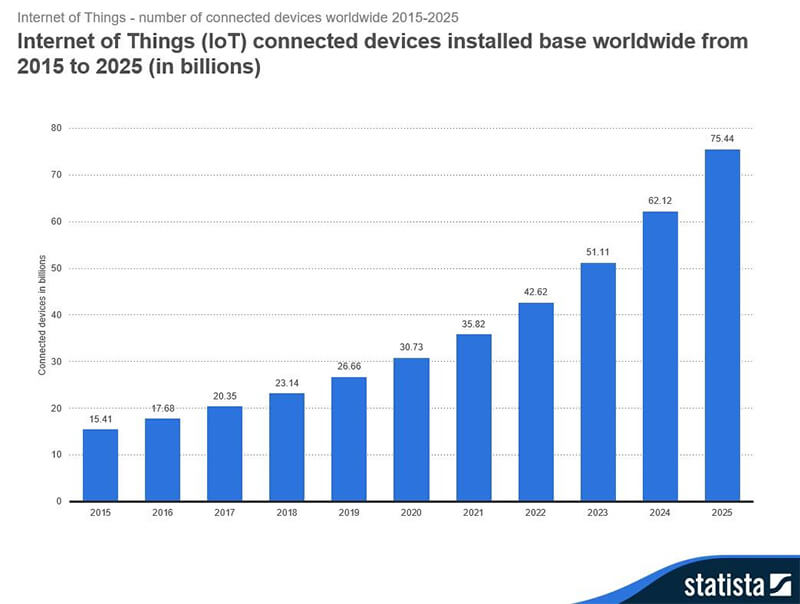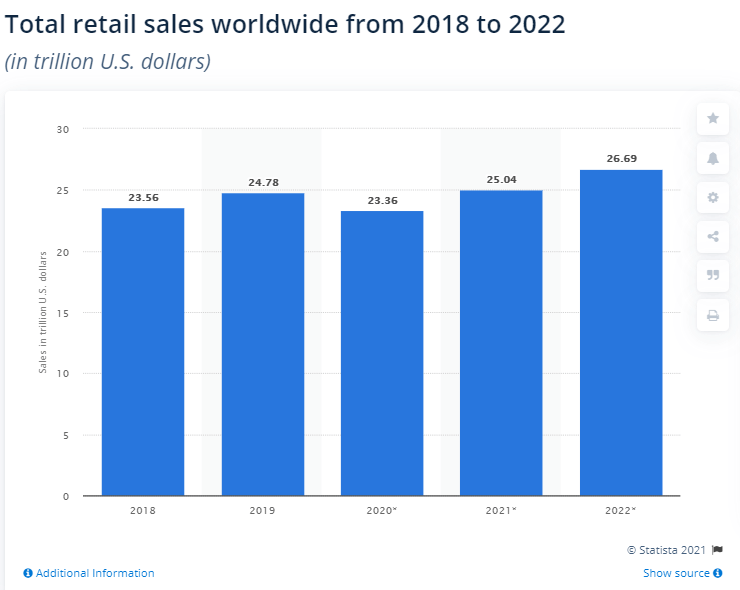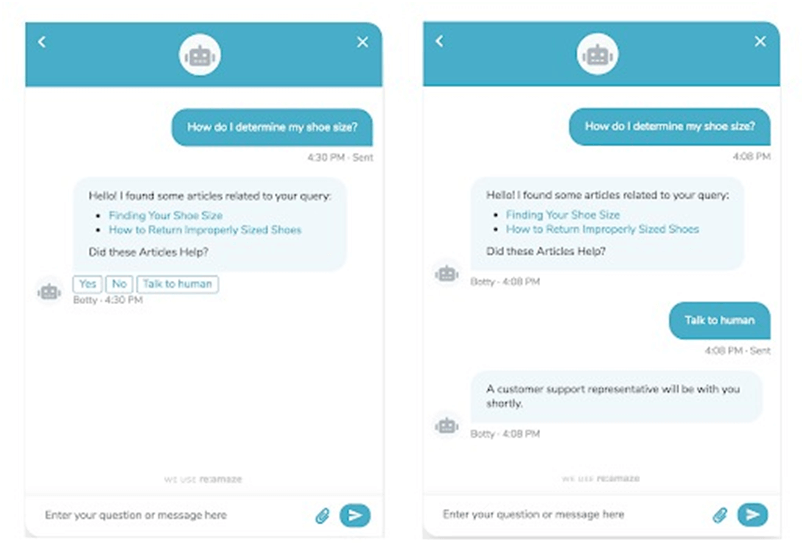In this age of computers and smartphones, we’ve started to rely a lot upon the software programs that give them life. Since computers started becoming prominent, there has been a boom in the software development business.
The software has made life easier for everyone, from education, entertainment, business, or the day-to-day issues, the software has brought the solutions of almost all of them at the fingertips.
The convenience that the software programs have brought to the lives of the people has increased their demands. An increase in demands naturally leads to an increase in production and the same happened with the software market.
Software businesses are growing and new startups are emerging, seeing these businesses grow, everyone at least once wishes to start a software startup. The catch is to do the right things to make it a successful one.
Here are some suggestions that could help you make your software startup a success-:
1. Be Customer-Centric
A business thrives by the efforts they put to satisfy their clients/customers. Making money might be the dream that brings people to start a business but an important key to success is to satisfy the customer.
A customer-centric business thrives over the motivation of solving the problems incurred by the customers rather than just focusing on converting them and making them pay.
Make sure the customer service is responsive, efficient, and welcoming, and you’ll retain the customers and bring in new ones.
2. Minimum Viable Product
For any business, especially for a startup, the efficient use of capital is always an issue. Businesses face risks during several stages of production and distribution, and a faulty decision can deplete a lot of money.
Minimizing risk makes business much more smooth. For a software-based company, this can be done by introducing an MVP (Minimum Viable Product).
An MVP is the most basic version of the product with only the essential features of the product. After introducing the MVP, enhancements and upgrades can be done as per the feedback of the user-base.
This way, businesses avoid scenarios where they incur losses because certain features or the software is badly received by the public.
3. Collaborative Marketing
Marketing is an important part of business development and the interesting thing is that the field of marketing is open to lots of creative ideas, innovation, and experimentation.
Out of all the methods that software businesses use to market their product, an interesting way is to collaborate with other businesses where there is no conflict of interest.
The Co-Marketing model which is used by companies to promote each other’s products helps the participating companies access the other company’s user base and thereby grow their audience.
Because of the growth in the user base at a comparatively lower expense, it is a win-win situation for all.
4. Incentivize the Employees
Efficient employees contribute substantially to a business, however, it is not easy to make them work efficiently.
Even though the employees vow to work diligently in an interview, and a lot of them keep up with their words, often an employee lacks the motivation to give it their best.
The best way to motivate an employee is to give them an incentive and appreciation for their accomplishments.
5. Solve Problems
There are a lot of startups that tend to imitate successful products and fail because people aren’t finding the product helpful. Whatever the issue is, if the product isn’t helpful to the clients, if it isn’t solving their problems, it will fail.
Before developing a software program, always do in-depth research about the demands, the issues that the people are facing, how important will your program be for them- are there any other simpler means to solve the issue, does the issue really bother them, and so on.
6. Measure, Analyze, and Improve
To improve something, you need to know its present condition, and how the outcomes are affected by changing its aspects. The same goes for businesses, you need to be aware of certain indicators that reflect how the business is performing.
 Image Source: Statistica
Image Source: Statistica
These indicators are called KPIs (Key Performance Indicators). It is necessary to monitor these indicators along with other indicators and after analyzing the situation, make proper decisions that will improve the situation.
7. Offer Packages
The main source of revenue for a software-based business is subscriptions. While it is essential to offer some free tools for a user to hang on to the software, it is important to provide some exclusive plans that offer more sets of tools.
Such extensive tools are generally used by regular subscribers and businesses who are quite reliant on these exclusive tools and readily pay for them if the standards meet their expectations.
8. Client Retention
As we discussed in the last point that subscriptions are the major sources of revenue for a software company, now if the churn rate for the software is high, the business will lose money in the form of marketing campaigns to maintain the number of subscribers.
Retaining the subscribers is the key to success for a software business especially those with a SaaS product. Proper customer support, attractive offers, and quality products are the things that can make a customer remain subscribed.
9. Third-Party Integration
People extensively use computers and smartphones these days, most of the time, they need different software programs to accomplish a particular task.
Integrating the software with third-party software programs with which it is generally used, will help the users a great deal.
Making a flexible API that can be easily integrated with different platforms and worked upon by developers will help grow the popularity of the product and increase its value.
10. Make it Simple and Intuitive
For a software program to be convenient for public use, it needs to be simple. People don’t want to go through the hassle of learning how to make use of the program to accomplish tasks.
Popular software programs have a simple interface through which people can find their way easily and find the necessary tools and paths intuitively. Make it interactive, simple, and intuitive then see its shining.
Conclusion
Software products are growing rapidly with new ideas, innovative designs, and solutions to day-to-day problems.
While the opportunity is golden and resources are abundant, the journey to success is long and a tough one. The tips that we discussed above will make sure you get across some of the hurdles with ease.
Are you looking to develop a software for your business! Lets discuss with our IT consultant





